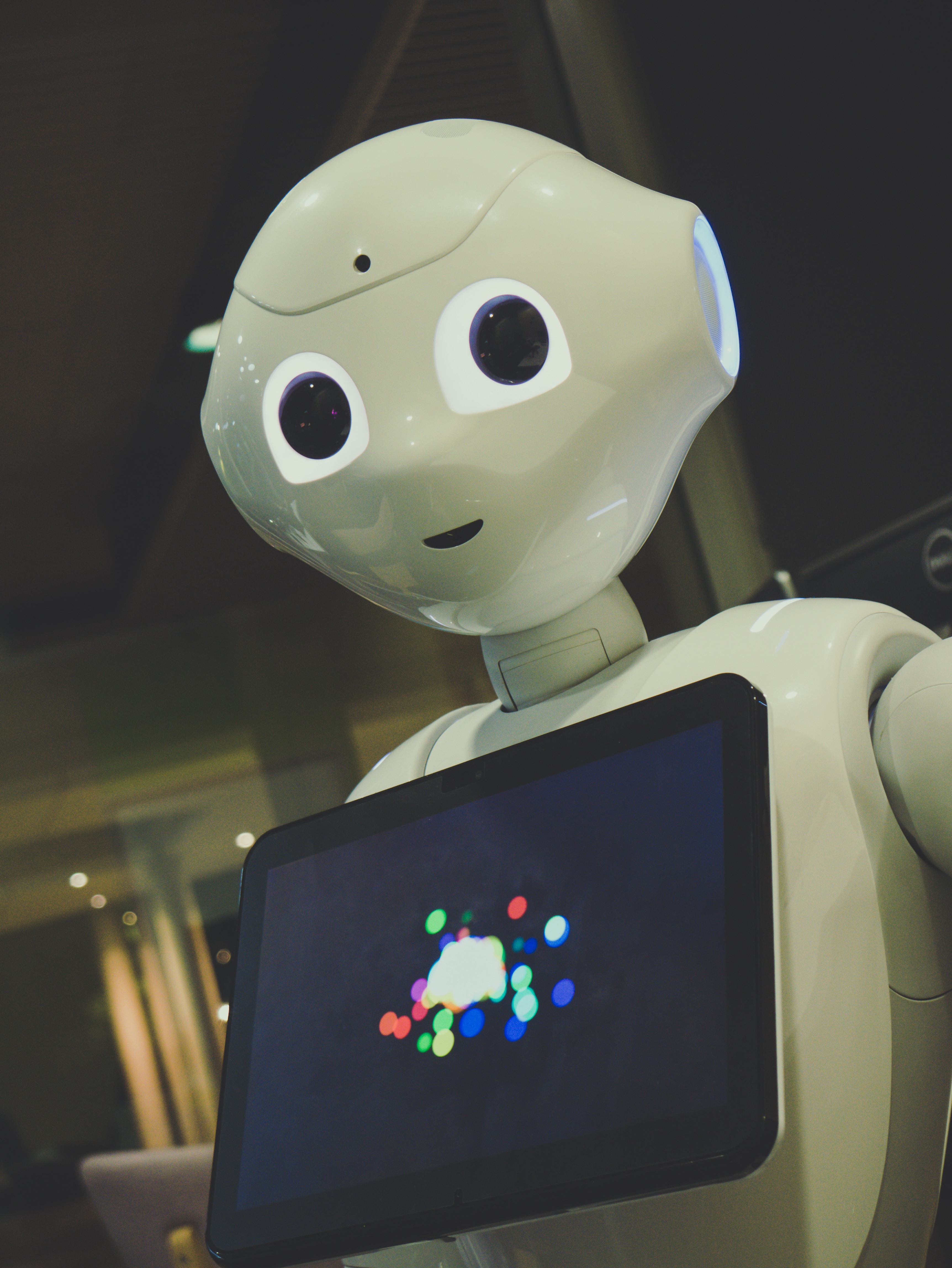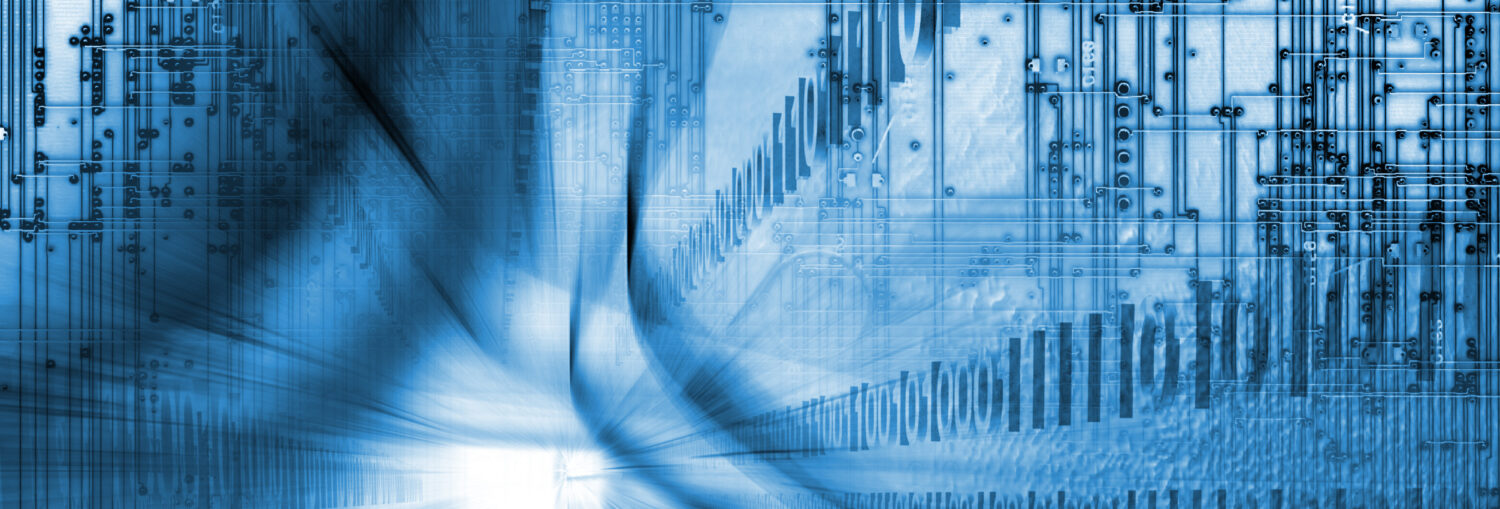Unleashing the Power of Artificial Intelligence: Transforming Our World

Introduction: Artificial Intelligence (AI) is not merely a buzzword but a technological force reshaping the landscape of our digital era. From powering virtual assistants to driving complex decision-making processes, AI is revolutionizing the way we live, work, and interact. In this article, we’ll delve into the multifaceted realm of AI, exploring its applications, benefits, challenges, and the profound impact it has on various aspects of our daily lives.
The Essence of AI: At its core, AI refers to the simulation of human intelligence in machines, enabling them to perform tasks that typically require human intelligence. This encompasses a wide range of capabilities, including learning, reasoning, problem-solving, perception, and language understanding. Machine learning, a subset of AI, allows systems to learn and improve from experience without explicit programming.
Applications Across Industries: AI has transcended its sci-fi origins to become a ubiquitous presence in diverse industries. In healthcare, AI aids in diagnostics and drug discovery, enhancing the accuracy and speed of medical analyses. In finance, predictive algorithms assist in risk assessment and fraud detection. Manufacturing benefits from AI-driven automation, optimizing production processes. Customer service experiences a facelift with AI-powered chatbots, offering efficient and personalized interactions.
Benefits of AI: The adoption of AI brings forth a myriad of benefits. Increased efficiency and productivity are notable outcomes, as AI systems can tirelessly perform tasks around the clock with precision. Decision-making processes are enhanced through data-driven insights, contributing to more informed and strategic choices. AI’s ability to handle repetitive tasks also frees up human workers to focus on creative and complex aspects of their roles.
Challenges and Ethical Considerations: While the potential of AI is immense, it is not without challenges. Job displacement due to automation, concerns about data privacy, and ethical considerations surrounding AI decision-making processes are all pertinent issues. Striking a balance between reaping the benefits of AI and addressing its societal impact requires thoughtful regulation, transparency, and ongoing dialogue.
The Evolution of AI: AI is a dynamic field, constantly evolving with new breakthroughs. Machine learning models become more sophisticated, natural language processing capabilities improve, and AI systems become more adept at understanding context. The concept of “explainable AI” gains traction, emphasizing the need for AI systems to provide transparent insights into their decision-making processes.
AI and Society: As AI becomes increasingly woven into the fabric of our society, it is crucial to foster a responsible and inclusive approach to its integration. Collaboration between industry, policymakers, and ethicists is essential to ensuring that AI benefits all of humanity, minimizes biases, and upholds ethical standards.
Artificial Intelligence is not just a tool; it’s a transformative force that has the potential to redefine the way we work, communicate, and solve problems. As we navigate the complexities of this technological frontier, the responsible development and application of AI will be key to unlocking its full potential while addressing the challenges it poses. Embracing the power of AI with a mindful approach will undoubtedly lead us towards a future where innovation, efficiency, and ethical considerations coexist harmoniously.
Robotics Revolutionizing Workplaces: A New Era of Efficiency and Collaboration”

Introduction: In the ever-evolving landscape of technology, robotics has emerged as a transformative force, reshaping traditional work environments across various industries. From assembly lines to office spaces, robots are increasingly becoming valuable collaborators, enhancing efficiency, precision, and safety. This article explores the profound impact of robotics in the workplace, delving into its applications, benefits, challenges, and the evolving dynamics of human-robot collaboration.
The Rise of Robotics in Workplaces: Robotic systems have transcended their initial roles in manufacturing to find applications in a myriad of sectors. Industries such as logistics, healthcare, construction, and even hospitality are witnessing the integration of robots into daily operations. These intelligent machines range from industrial robots carrying out precision tasks to collaborative robots, or “cobots,” working alongside human counterparts.
Applications Across Industries: In manufacturing, robots have revolutionized assembly lines, improving speed, precision, and product quality. In logistics and warehousing, robotic systems streamline inventory management and order fulfillment. In healthcare, robots assist with surgery, patient care, and even rehabilitation exercises. The adaptability of robotics has made them indispensable in a wide array of tasks, making workplaces more efficient and responsive.
Benefits of Robotics in the Workplace: The incorporation of robotics brings a host of benefits to the workplace. Increased productivity is a standout advantage as robots tirelessly perform repetitive tasks with speed and accuracy. Workplace safety is enhanced as robots can handle hazardous materials and dangerous processes, reducing the risk of human injury. Additionally, the precision and consistency of robotic systems contribute to improved product quality and operational reliability.
Challenges and Considerations: While the benefits are evident, challenges exist in the widespread adoption of robotics. Job displacement concerns loom large, prompting the need for reskilling and upskilling programs to prepare the workforce for a collaborative future with robots. Ethical considerations, such as the responsible use of robots and their impact on human employment, require careful attention. Striking a balance between automation and human involvement is essential to fostering a harmonious workplace.
Human-Robot Collaboration: One of the most intriguing aspects of the robotics revolution is the concept of human-robot collaboration. Rather than replacing human workers, robots are increasingly designed to work alongside them, augmenting capabilities and optimizing efficiency. This symbiotic relationship is evident in scenarios where humans focus on complex decision-making, creativity, and interpersonal skills, while robots handle repetitive and physically demanding tasks.
The Future of Robotics at Work: As technology continues to advance, the future holds exciting possibilities for robotics in the workplace. The development of more intelligent and adaptable robots, enhanced by artificial intelligence, will further blur the lines between man and machine. Robotics will play a pivotal role in addressing global challenges, from environmental sustainability to public health crises, showcasing their potential as invaluable allies in navigating complex and dynamic landscapes.
The integration of robotics into workplaces signifies a paradigm shift in how we approach tasks, productivity, and collaboration. Embracing this technological evolution with a strategic and inclusive mindset holds the key to unlocking the full potential of robotics. As we stand on the cusp of a new era in the workplace, where humans and robots collaborate seamlessly, it is imperative to navigate challenges responsibly and pave the way for a future where efficiency and human ingenuity work hand in hand.
